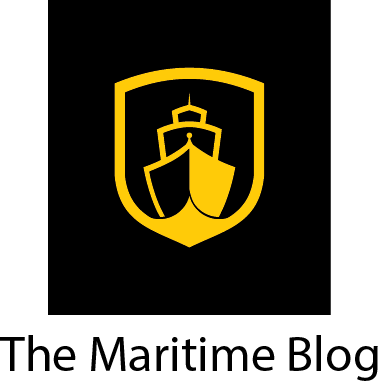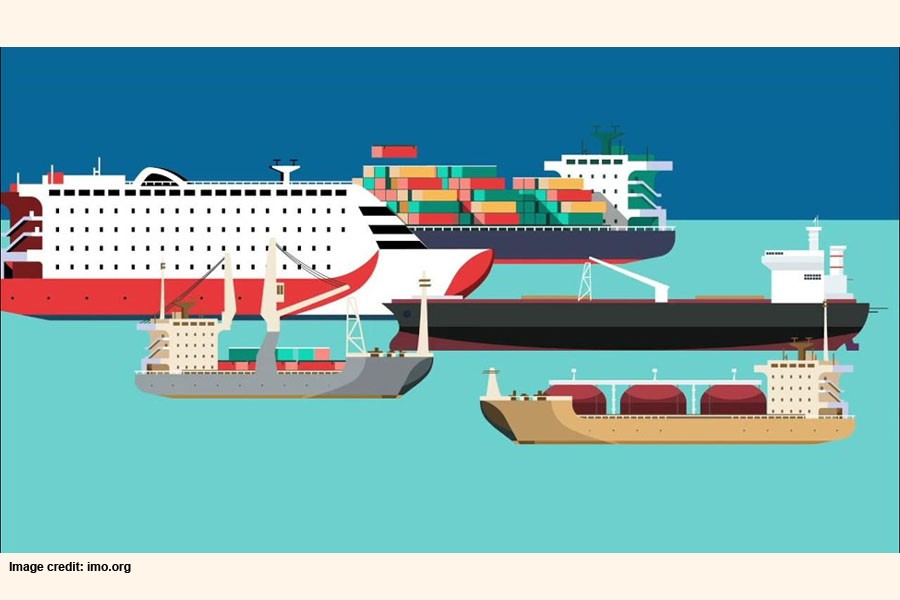search the site
Gard releases updated guidance on stowaways
Gard releases updated guidance on stowaways
By admin On In Insurance Marine News, Keep, Marine Liability, Political Risk, Credit & Finance
Norway-based marine insurer and International Group Club Gard has published an updated guide on stowaways, which outlines the nature of the problem, the applicable regulations, assessing the risk of stowaways, prevention at port and humane handling of stowaways if and when they are found on board.
Gard has also reviewed the trends over the past few years, most of which has been covered in past IMNs.
The International Group of P&I Clubs (IGP&I) carries out regular data collection exercises in respect of stowaways. While the IGP&I data collection is primarily meant to complement the stowaway cases reported to the IMO in its Global Integrated Shipping System (GISIS), Gard noted that the number of incidents recorded by the IGP&I generally was higher than the those submitted via the IMO-system.
However, the observed trends concerning regional ‘hot spots’ for stowaway, as well as stowaways’ nationalities are very similar between GISIS and IGP&I data.
The number of stowaway incidents has more than halved since IGP&Is carried out its first data collection exercise for the 2007/8 policy year, but has remained fairly level over the past five years.
The total number of stowaways involved has also decreased, but not at the same rate as the incident figures (i.e., the average number of stowaways per incident has been rising). The current data would seem to suggest an average of close to three stowaways per incident.
Although the total cost net of deductible, but including fines imposed by states on shipowners, has dropped, the cost per stowaway incident, as well as per stowaway, has risen. Gard also emphasized that the cost to shipowners was higher than that incurred by the Clubs as, in addition to their deductible, shipowners were likely to incur other costs that were not insured,
Ports on the African continent continued to be the main hot spots for stowaway embarkations; however, the overall number of incidents reported from ports in Africa had decreased.
European ports started to feature in the statistics in 2017 and the number of incidents reported from the European continent has remained high since then.
The rate of stowaway embarkations in South Africa, whose ports historically had been considered high-risk, has fallen. However, Durban in South Africa, plus the West African ports of Lagos in Nigeria, Conakry in Guinea, and Dakar in Senegal, should still be treated as ports with high risk of stowaways, said Gard.
The insurer noted that it was “well-known” that many North African countries had become major transit points for African and Arab migrants trying to reach Europe and there had been a clear upward trend in the number of incidents reported from the Maghreb region of North Africa, particularly from the port of Casablanca in Morocco and Rades/Tunis in Tunisia.
The majority of stowaway embarkations in Europe were reported from ports in Greece and Turkey, but ports in France and Belgium near England had seen an increase in the number of migrants attempting to stow away.
The guide includes detailed advice for handling of stowaways found onboard. “With security in mind, stowaways should be treated humanely including adequate food and water and medical treatment if required.”
Gard concluded that stowaways have been a risk as long as ships have sailed the seas and will remain so. Some stowaways qualify for refugee status while others are economic migrants. For the 2023 policy year, Rule 32 which addresses cover for costs related to stowaways was amended. The wording now makes it clear that there is no difference between a refugee and an economic migrant when it comes to cover for costs.”


















